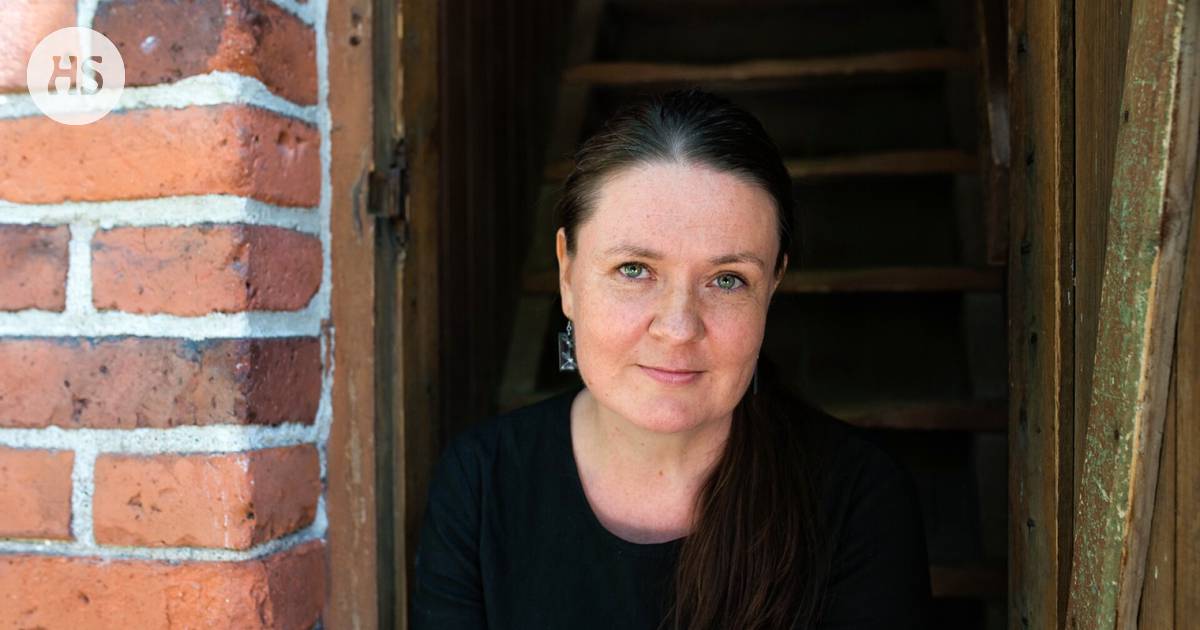Real Finland The island of Örö, located in the outer sea, is crossed by a kilometer-long cobblestone road built during Russian fortifications at the beginning of the 20th century. When the island’s later garrisons marched along it, they named the road Long Missing.
Also Katja Kaukonen (b. 1968) so named his new novel set in Örö. At the same time, he used it to bind three of his works into a trilogy: the subject of all of them is a life-long longing for somewhere, away from something or to someone. All of them are also on the island, by force or voluntarily.
The topic is eternal in literature and surprisingly common in Finland in recent years. Especially Seili’s mental hospital island and the women confined to it have been told in novels, plays and songs.
Kaukonenkin set his novel about the 1920s on an island that looks like Seilti An island where birds fly to die (2022). The one who started the trilogy Noise (2014), on the other hand, represented another popular branch of the island genre, where a person travels to an island to find out the problems of his mind and life.
That’s how we do it Even in the long run, on two time levels. In the present day, Inga and Antti, a middle-aged married couple who have drifted apart, spend the weekend in Örö. One hundred years earlier, the island touches another couple, Juho and Inga’s great-grandmother Anna, when the fortification work is just being done.
Juho is working on the island as a construction worker and collecting funds to start a family, Anna accompanies him – either in longing thoughts or as a guest from another reality.
Even though Kaukonen builds his novels on much-used, even worn-out frames, his own style can be recognized precisely from this: events that cross the boundaries of realism.
In the end, Anna’s bond to the island remains a mystery, but when Inga looks for traces of her in order to become better anchored to her background, they are found. Örö is like a wormhole, where history and the present collide, begin to coexist and also repeat themselves.
Kaukonen wittily drops hints into the text about how Anna and Juho’s family actually grew, and what Antti’s relationship with the mother and daughter visiting the island at the same time might be.
When describing the knotting of time, Kaukonen can also refer to the earlier parts of the trilogy, because their characters seem to have influenced Miss you for a long time to events.
The narrative gimmick is fun and reinforces the idea that history is a cycle where everything kind of happens again and again.
About writing despite the play and the two time levels, the novel still remains silent. People don’t deepen, especially not today’s estranged spouses.
Grieving the loss of life and love, writing in her notebook, Inga is downright annoying and Antti is not exactly more likable: an open-minded man who remembers his army days in Örö, and who still reveals the sexual frenzy of his youth.
Their rambling conversations are always left on air. The existentialist, multi-sentence dialogues between Inga and another island tourist woman are not more authentic.
Anna and Juho will also remain history’s paper dolls, which of course convey both the patriarchy of the time and the woman’s rebellion against it.
Animal symbolism, fantasy characters, and a plot about Chinese stone workers brought to Finland during the time of Russian rule add meat to the bones of the novel. However, the abundance of ingredients does not save the whole.
